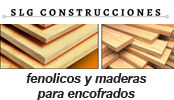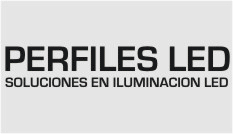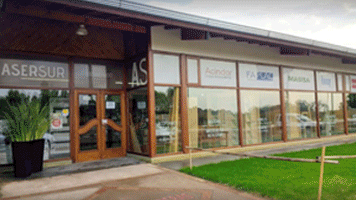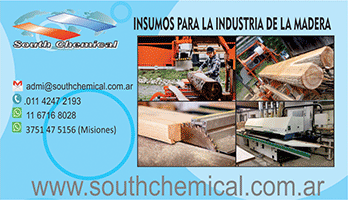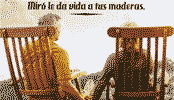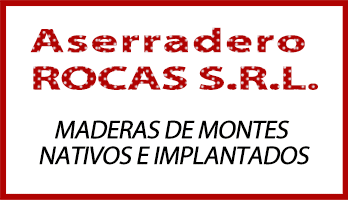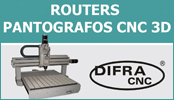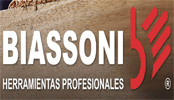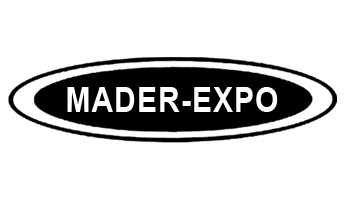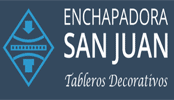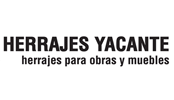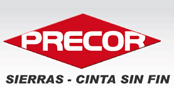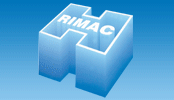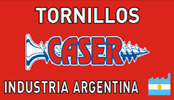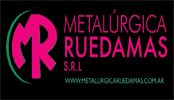
Introduction to PP Edgebanding
PP edgebanding is produced from polypropylene. Polypropylene is one the many types of thermoplastic polymers that exist in the world.
PP edgebanding is the most ecological, most flexible, and most heat resistant edgebanding among our plastic edgebanding range.
Simply, we can list the characteristics of PP as below:
It is the lightest weight polymer amongst thermoplastics
It is the most ecological
It is the most flexible
It has the best properties against shrinkage and heat.
PP edgebanding is a good choice for small radius applications and places where furniture is exposed to excess temperature and heat.
We can produce all sorts of edgebanding from polypropylene (plain colors, high gloss colors, and woodgrain colors).
TECE PP edgebanding is produced in master rolls of 300mm. Therefore, it can be slit to any size from 9mm up to 300mm.
The thickness can change from 0,4mm and 3mm.
We mainly consider PP edgebanding as an alternative to ABS as they can easily be recycled / burned without creating hazardous gas. We would not recommend PP edgebanding as alternative to PVC as processing PVC is less complicated than PP.

IT MAY INTEREST YOU
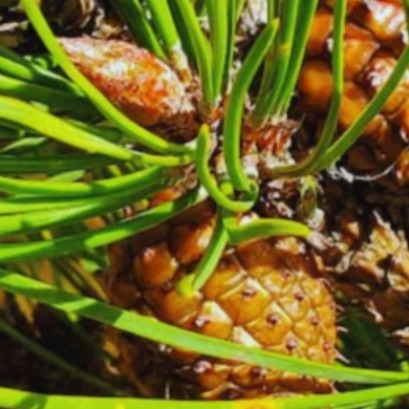 The DNA of forests: they discover what makes a tree resist drought
The DNA of forests: they discover what makes a tree resist drought
An international team, with the participation of INTA and Conicet, discovered that genetics can be decisive for trees to better resist droughts
 Native forest | In Misiones, controls are tightened on routes for illegal transport of native wood, logging of forests without permits and fraudulent digital guides
Native forest | In Misiones, controls are tightened on routes for illegal transport of native wood, logging of forests without permits and fraudulent digital guides
Informality in forestry activity in Misiones was once again evident, the culture of operating illegally is a historical problem, and the Ministry of Ecology and Renewable Natural Resources carries out the corresponding control and inspection operations in the regulation of productive activity and sustainable management for the use of native forests.
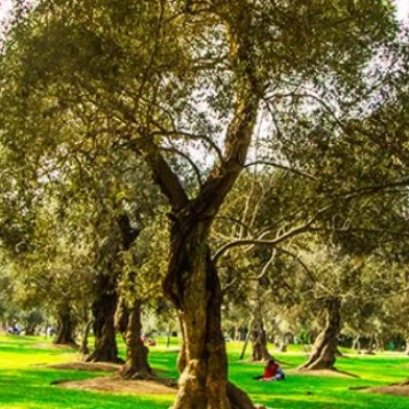 The city in South America that breathes thanks to a thousand olive trees planted in the 17th century
The city in South America that breathes thanks to a thousand olive trees planted in the 17th century
In the heart of South America there is a city that, among the noise and concrete, still breathes thanks to an olive forest

